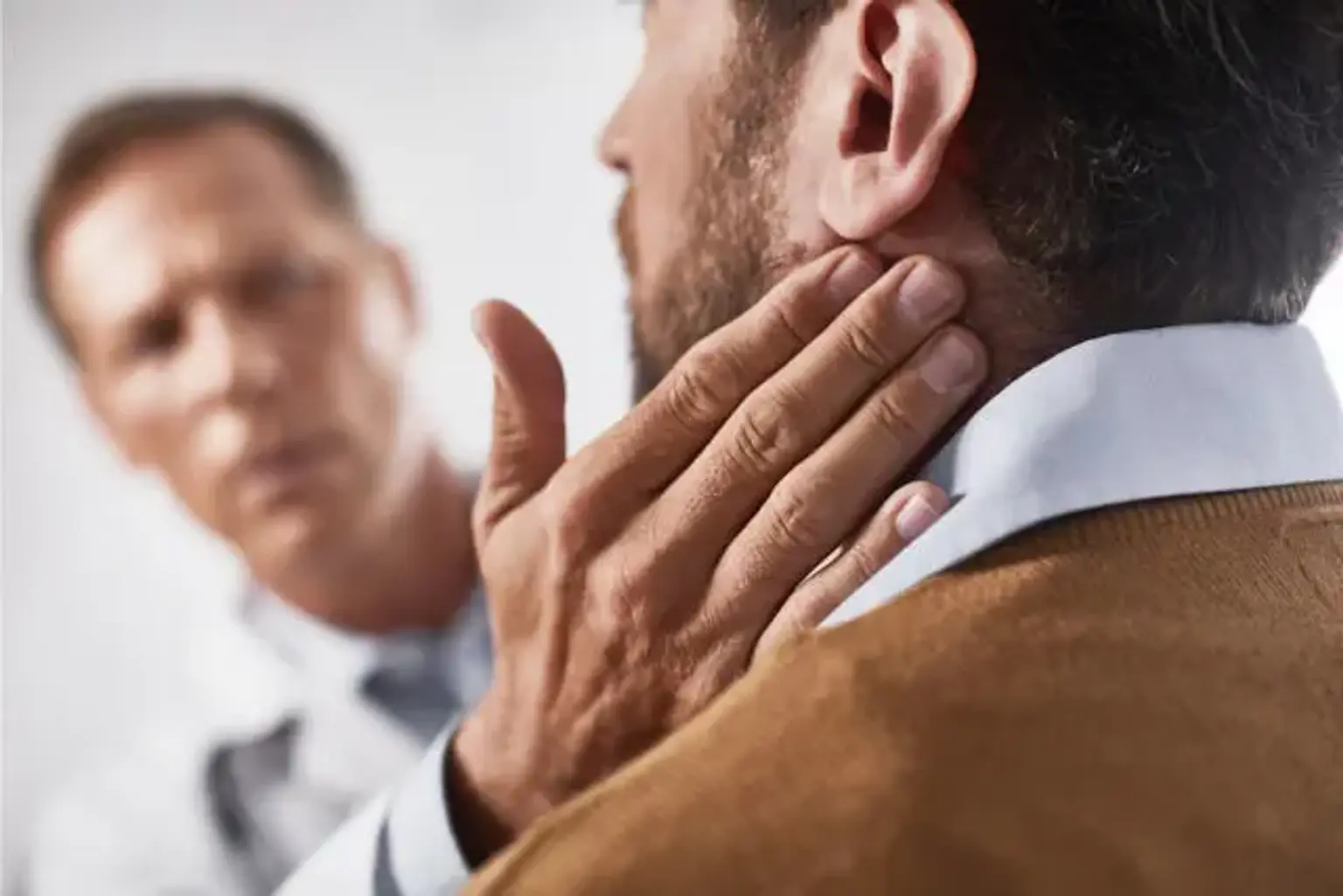Introduction
Lymph nodes are small, bean-shaped glands that play a vital role in the body’s immune system. They act as filters, trapping harmful substances such as bacteria, viruses, and other pathogens, helping the body fight infections. Swelling of these nodes, especially in the neck, is often a sign that the body is responding to some form of infection, inflammation, or, in some cases, cancer. This condition, commonly referred to as swollen lymph nodes or neck lymphadenopathy, can cause discomfort, concern, and in some cases, pain.
While many instances of swollen lymph nodes are benign and related to common infections like colds or sore throats, the condition can also be indicative of more serious health issues. In this article, we will delve into the causes, symptoms, and treatment options available for swollen lymph nodes in the neck. This includes both medical treatments for infections and conditions, as well as cosmetic interventions aimed at addressing any aesthetic concerns, such as facial volume loss, that may result from prolonged lymph node swelling.
The Anatomy and Function of Lymph Nodes
Lymph nodes are a key component of the lymphatic system, which is involved in the body’s immune defense and fluid regulation. The lymphatic system consists of lymph vessels, which carry a clear fluid called lymph throughout the body. Lymph nodes, which are spread out along these vessels, filter this fluid and trap harmful microorganisms, dead cells, and waste products. They also house lymphocytes, a type of white blood cell that plays a crucial role in immune responses.
Lymph nodes are most concentrated in areas like the neck, armpits, and groin. In the neck, the cervical lymph nodes are responsible for draining lymph fluid from the head, neck, and upper chest. When the body detects an infection, the lymph nodes produce and store immune cells to fight the infection. As a result, the nodes may swell in response, which is often a sign that the body is actively combating a health issue.
Why Do Lymph Nodes Swell?
Lymph node swelling, medically referred to as lymphadenopathy, can occur due to a variety of causes. While infections are the most common cause, other factors such as inflammation, cancer, and certain medications may also lead to lymph node enlargement. Below are the primary reasons lymph nodes may swell:
